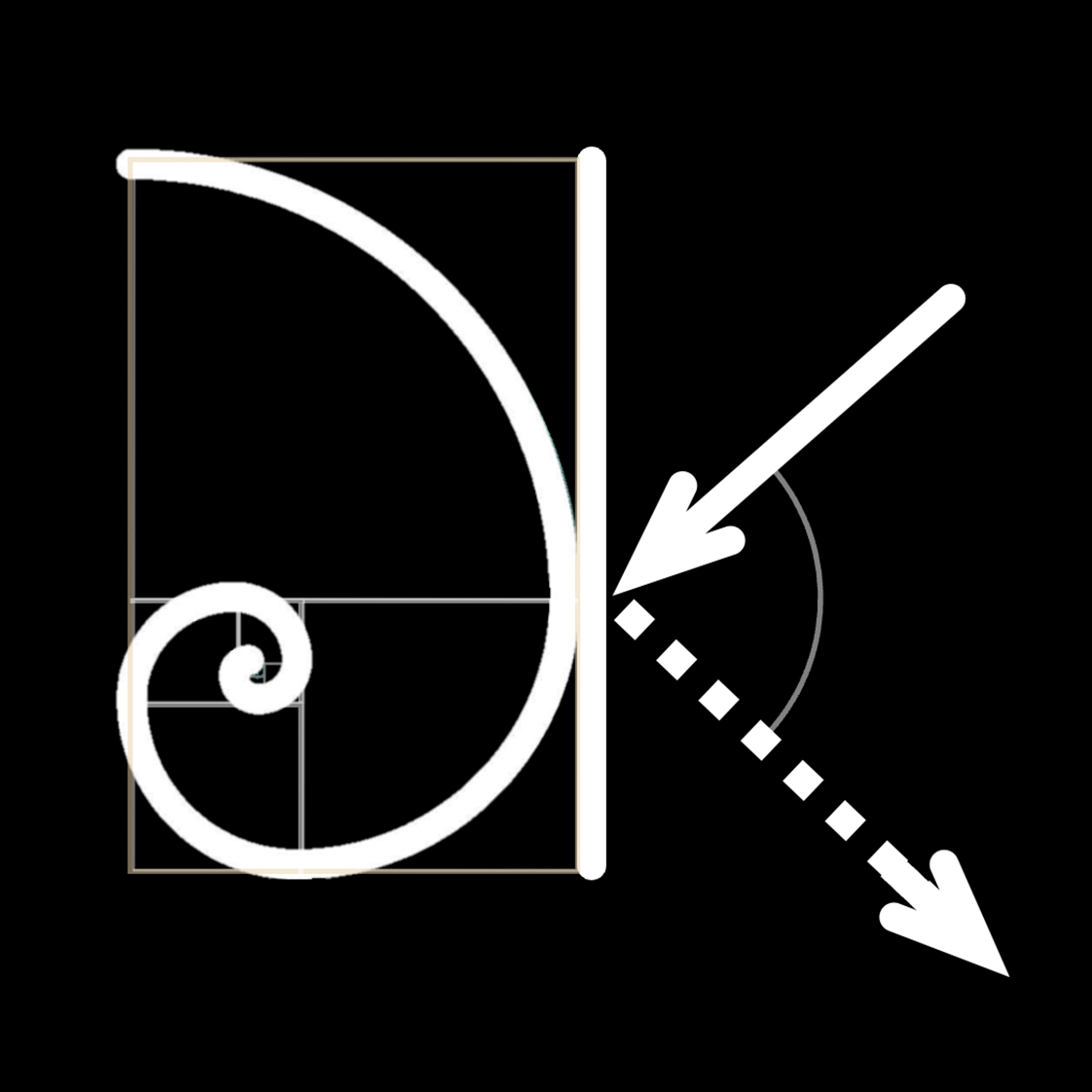Pathways II: Revolution
Complete Work Title:
Pathways II: Revolution
Performance Medium:
solo percussion and chamber orchestra: flute (dbl. alto flute), flute (dbl. piccolo), oboe, English horn, Bb clarinet, Bb bass clarinet, bassoon, 2 horns, 2 Bb trumpets, trombone, 2 percussion, strings (33221).
Duration:
20:00
Date Composed:
March – June 1994;
August – October 1995
August – October 1995
Dedication:
to Heidi, Gabriel, and Maxwell
Movements:
- Fairfax, 5:38 am. Tuesday.
- Cahuenga, 11:57 pm. Friday.
- Sepulveda, 3:14 pm. Sunday. — Cadenza antagonistica
- Lankershim, 10:24 am. Wednesday.
Additional Information:
- Composed for percussionist Daniel Hostetler.
- Solo percussion part requires an extended drumset, including triangle, ribbon crasher, hi-hat, china cymbal, 2 splash cymbals, 2 crash cymbals (suspended), 3 tam-tams, wood block, 2 snare drums, 6 tom-toms, 2 bass drums (w/pedal).
- Supported in part by grants from the American Composers Forum/Jerome Foundation Composer Commissioning Program and a Margaret Fairbank Jory Copying Assistance Grant from the American Music Center, made possible through grants from the National Endowment for the Arts, the Mary Flageler Cary Charitable Trust, and the Pew Charitable Trusts.
- This work is part of an ongoing series of related concerti for solo instrument and chamber orchestra; additional information about this series, is included in the Projects section of this website.
Program Note:
Begun in 1993, Pathways is a series of works for solo instrument and chamber orchestra which consists of a single, fixed accompaniment in the ensemble through which each of the featured solo instruments traverses a unique path. To date, four iterations of the work have been composed, featuring trombone, percussion, soprano saxophone, and piano. The conceptual metaphor for Pathways is that of a traveler’s unique and personal interaction with their surroundings on any given journey. Though a single road may be taken by several individuals (or by the same individual on different occasions), such factors as the time of day, climate, or the traveler’s mood can have a profound effect upon the experience and consequent response of the individual. In the Pathways series, the ensemble acts as a sonic landscape through which the soloist (i.e., “traveler”) wends its way. Because the solo part is intended to reflect the distinctive character of the featured instrument, the music within the accompanying ensemble is recontextualized in each version of Pathways, thus influencing the dynamic unfolding of the overall work.
The second in the series, Pathways II: Revolution was composed for Daniel Hostetler, and was supported in part by a grant from the Jerome Foundation through the Minnesota Composers Forum Composer Commissioning Program. The primary impetus behind this version was the Los Angeles riots of 1992, as reflected in the confrontational character of the solo percussion part: here the soloist acts as aggressor, responding to the orchestra with fury throughout. The work is in four movements, each of which is named for the time and location of a potential outbreak of violent activity in the Los Angeles area. In Fairfax, 5:38 am. Tuesday., the soloist begins unobtrusively, gradually emerging to wage an all-out assault upon the orchestra; the movement closes with a series of explosive attacks from the soloist as the orchestral accompaniment eventually breaks down. Cahuenga, 11:57 pm. Friday. opens with a confrontation between the orchestral percussion and the soloist, the latter inevitably overtaking only to contend with the brass. Following this opening onslaught, the percussion becomes uncharacteristically passive, acting in concord with the orchestra for the remainder of the movement. Sepulveda, 3:14 pm. Sunday. begins quietly, gradually building in intensity throughout; here the soloist reacts to the orchestra, culminating in an aggressive exchange between the soloist and orchestral bass drum. In Lankershim, 10:24 am. Wednesday., a violent flourish in the solo percussion gives way to a placid yet brief orchestral introduction. The remainder of the movement engages the entire orchestra in contention with the furious moto perpetuo of the solo percussion. Even as the forces relent at the conclusion of the work, there remains an atmosphere of unrest and discontent. Pathways: Revolution is in no way intended as a social or political manifesto, but rather as a response to the vivid images and profound consequences of such domestic social strife.
The Pathways series is dedicated to my wife, Heidi, and my sons, Gabriel and Maxwell, and was supported by a CCP Grant from the American Composers Forum (funded by the Jerome Foundation) and a faculty research grant from the University of North Texas. It was first performed at UNT by percussionist Christopher Deane on 18 March 2014.
Performance/Broadcast History:
| Date | Venue | Location | Performer(s) |
|---|---|---|---|
| 18 March 2014 | University of North Texas | Denton, TX | Christopher Deane, percussion; UNT student ensemble; Joseph Klein, conductor |

